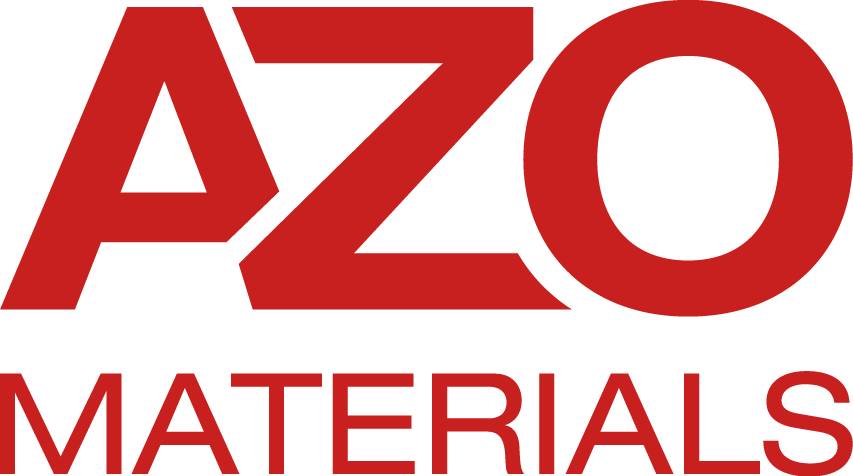In the process of getting all the loose material out of the water jacket before sending it to the machinist. After cleaning one of the holes, I noticed what looks like two wires in the back of the water jacket between cylinder's 2 and 3. Anyone know what these could be? Am I just missing something obvious? Also, this A4 is RWC and has spent most of it's life in the brackish waters of the lower Hudson.
Wires in Water Jacket?
Collapse
X
-
Hello.
I found wires like the ones shown in your photos inside my block as well. Some were still attached as shown in your second photo. Other bits were loose at the bottom of the cooling jacket.
I wasn't able to find my original source just now, but my recollection is that these wires probably were part of the casting process when the block was poured.
Jack.
-
-
You could be right... If I remember back to my shop class days (30 years ago when they let high school students play with molten metal), I to recall using wires in sand casts to support inner mold parts. Thanks for jogging my memory. I'm going to file this under Occam's Razor .
____________________
.
____________________
'72 Yankee 30 - "Trillium"
sigpic
“Some may never live, but the crazy never die.” - Hunter S. Thompson
Comment
-
-
Yeah Al, I was noticing that for the first time when I looked at the picture as it was taken after I cleaned some of the permatex gunk off the deck. Is this common in A4's? I know it's common on higher performance blocks. Anyway to tell if they are carbide or hardened iron/alloy without a durometer?____________________
'72 Yankee 30 - "Trillium"
sigpic
“Some may never live, but the crazy never die.” - Hunter S. Thompson
Comment
-
-
Very currious
Al, carbide seats? I have seen/used many hardened carbon steel and various powdered metal types. The powdered metal ones can be as hard as 60+ R on the C scale.
I just think that carbide if available would be a total waste on an A-4.
If you have worked with "carbide seats" how expensive were they and what was the application? They would need to be a very "soft" grade of carbide to take the valves seating to avoid chipping.
Dave Neptune
Comment
-
-
ex seats
Not the first rodeo for this block as evidence shows.Originally posted by Dave Neptune View PostAl, carbide seats? I have seen/used many hardened carbon steel and various powdered metal types. The powdered metal ones can be as hard as 60+ R on the C scale.
I just think that carbide if available would be a total waste on an A-4.
If you have worked with "carbide seats" how expensive were they and what was the application? They would need to be a very "soft" grade of carbide to take the valves seating to avoid chipping.
Dave Neptune
I had to look that seat material up. Those seats are probably inserts from Sealed Power or some such. Stellite is the most likely material. "
Some data at:
 Stellite alloys are a group of cobalt-chromium 'super-alloys' consisting of complex carbides in an alloy matrix predominantly designed for high wear resistance and superior chemical and corrosion performance in hostile environments.
Stellite alloys are a group of cobalt-chromium 'super-alloys' consisting of complex carbides in an alloy matrix predominantly designed for high wear resistance and superior chemical and corrosion performance in hostile environments.
"...consisting of complex carbides in an alloy matrix..."
So yes, technically some carbides may be involved.
Nerd over sigpic Whiskeyjack a '68 Columbia 36 rebuilt A-4 with 2:1
sigpic Whiskeyjack a '68 Columbia 36 rebuilt A-4 with 2:1
"Since when is napping doing nothing?"
Comment
-
Comment